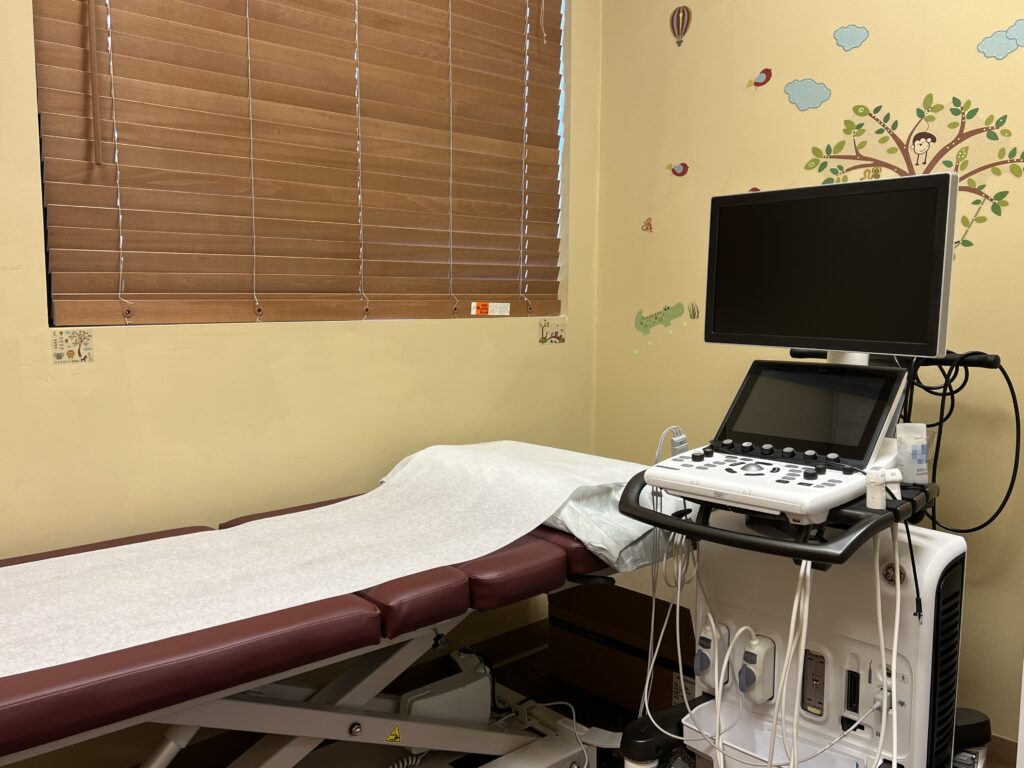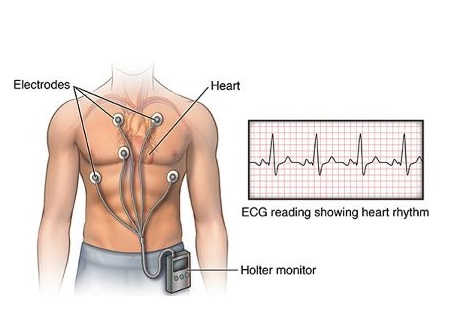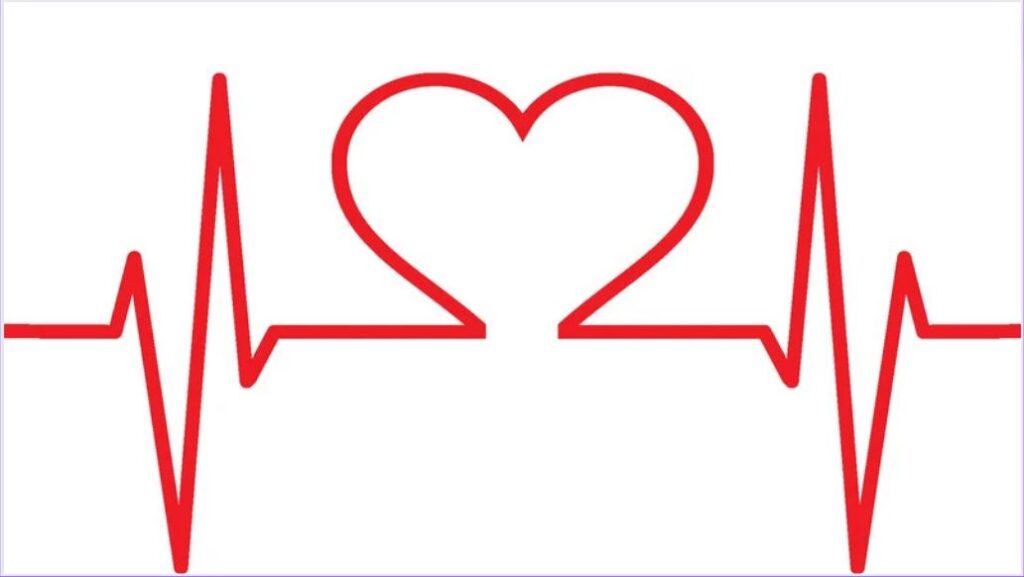Heart health services for newborn to 26 years of age. Dr. Hua focuses on preventing, diagnosing, and treating heart-related conditions. These services may include regular check-ups, diagnostic tests, medication management, lifestyle counseling, and surgical interventions. We aim to help patients maintain optimal heart health and prevent or manage heart disease. Speak with your healthcare provider to determine what heart health services may be appropriate for you.
We offer same-day or next-day appointments, same-day testing, and extended visits to discuss all concerns. We’re here to reassure you and care for your child’s heart actively. We are located in Billings, Montana, and provide virtual visits for children in Montana and Wyoming.



Sport Screen Package
Are you an athlete who wants to ensure your heart is in top shape for sports clearance? Look no further than the Sport package. This package provides a comprehensive evaluation of your heart health, including a 12-lead ECG that examines your heart rate, rhythm, and electrical conduction, as well as a complete echocardiogram that evaluates your heart from multiple views to assess its size, function, coronary arteries, and outflow tract for obstructions. It will also check for valve leakage.
By choosing the Sport package, you can rest assured that you will be evaluated for common causes of sudden cardiac death in athletes, such as heart block, long QT syndrome, hypertrophic cardiomyopathy (thickness of the heart), and outflow tract obstructions (narrowing of the outflow tracts leading to obstructions of blood flow to the body). Don’t wait until it’s too late – choose the Sport package now and get peace of mind knowing that.
Comprehensive Package
Are you worried about the health of your heart? Whether you are a healthy individual or someone experiencing symptoms, our comprehensive heart evaluation package is perfect for you. Our package includes a full consultation, a review of your medical chart for prior heart concerns, a 12-lead EKG, and a complete echocardiogram. Our complete echo will evaluate your heart from four different views to provide a comprehensive anatomy assessment (see below in the echocardiogram section for details). It will assess your heart size, function, coronaries, and outflow tract for obstructions and check for valve leakage. Don’t wait until it’s too late – take control of your heart health today with our comprehensive heart evaluation package.
Consultations
We take your concerns seriously and are dedicated to providing you with exceptional care. Our team of experts will thoroughly evaluate your symptoms and work tirelessly to address your needs. Whether it’s prevention or symptom management, we’ve got you covered. Trust us to provide you with the best possible solutions, and rest easy knowing that you’re in good hands.
EKG/ ECG 12 Leads
To assess the electrical signal generated by the heart, a standard test is conducted. This test evaluates the heart rate, rhythm, thickness of the ventricles, and QT interval, which is used to assess for long QT syndrome.
Echocardiogram
An echocardiogram (“echo”) uses sound waves to view the heart. It is a safe, painless test that provides a comprehensive look at the structure and function of the heart. Cardiac ultrasound evaluates the heart’s four chambers, four valves (mitral, tricuspid, aorta, and pulmonary), outflow tracts (left ventricular and right ventricular outflow tract), aorta and pulmonary arteries, coronaries, heart size and thickness, and heart function in 2D.
Additionally, color and Doppler are added to evaluate for leakage and obstructions of the valves and outflow tracts and assess for holes in the heart. A complete study evaluates the heart in multiple views for complete heart anatomy, while a limited study is a focused exam performed after a comprehensive study has been done.
Heart Rhythm Monitor – Extended
State-of-the-art and unobtrusive heart monitor patch to detect rhythm abnormalities. Wearable for 3 to 7 days.
A heart monitor measures and records the electrical activity of the heart. Healthcare professionals typically use it to diagnose and monitor heart conditions such as arrhythmias, heart attacks, and heart failure. The monitor consists of electrodes that attach to the skin of the chest. These electrodes detect the heart’s electrical signals and transmit them to a recording device. The recording device then displays the heart’s electrical activity as a graph or waveform, which healthcare professionals can analyze to diagnose and treat heart conditions.
Event Monitor
State-of-the-art and unobtrusive cardiac event monitor. Wearable up to 30 days. Used to correlate with symptoms.
A patient wears an event monitor for an extended period of time, typically up to a month, to diagnose and monitor heart conditions that occur infrequently or unpredictably, such as palpitations or fainting spells. The monitor consists of electrodes that attach to the skin of the chest and a small recording device that the patient wears on their waist or shoulder. When the patient experiences symptoms, they press a button on the recording device to capture the heart’s electrical activity at that moment. Healthcare professionals can then analyze the heart’s activity during the event and diagnose any underlying conditions.
Pre-Operative Evaluation
Cardiac evaluation before surgery. Includes ECG and, if appropriate, additional tests such an echocardiogram or cardiac monitor.
Before a patient undergoes surgery, the medical team conducts a preoperative evaluation to identify any potential risks or complications that may arise during or after the surgery. The evaluation typically involves reviewing the patient’s medical history, conducting a physical examination, and performing various diagnostic tests, such as blood tests, imaging studies, and electrocardiograms. Based on the evaluation results, the medical team develops a personalized plan of care for the patient, which may include medication adjustments, lifestyle changes, or additional medical interventions to minimize the risks associated with the surgery.

